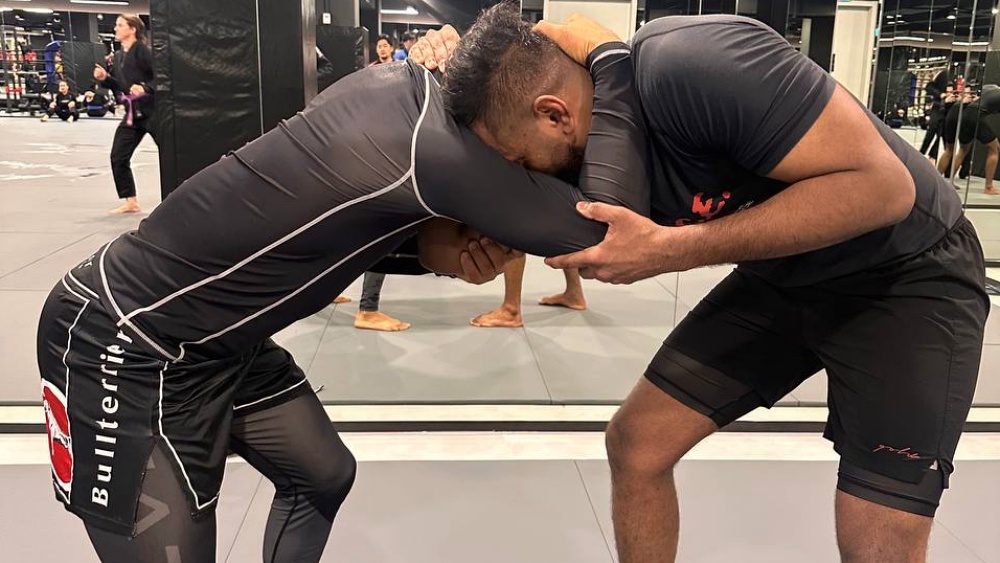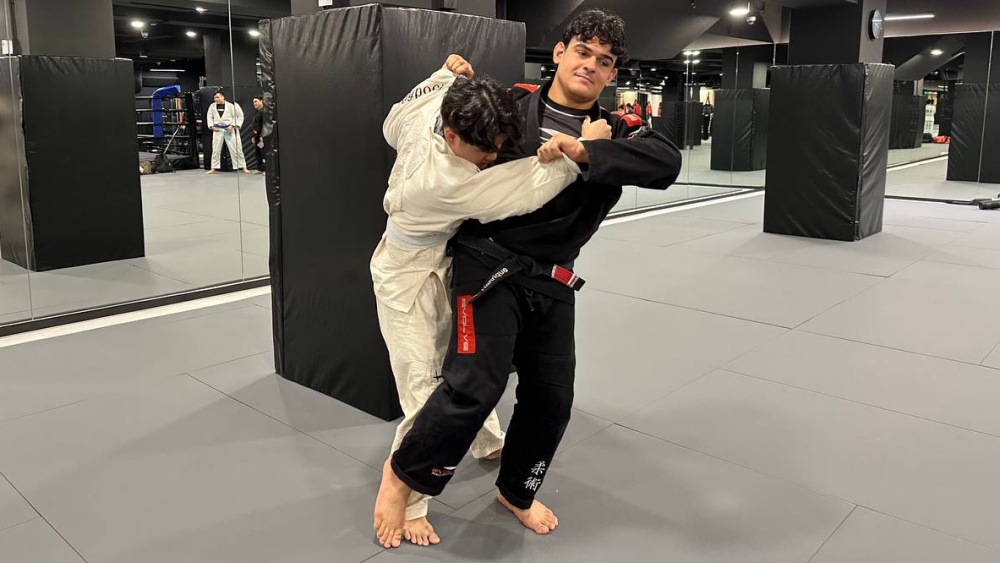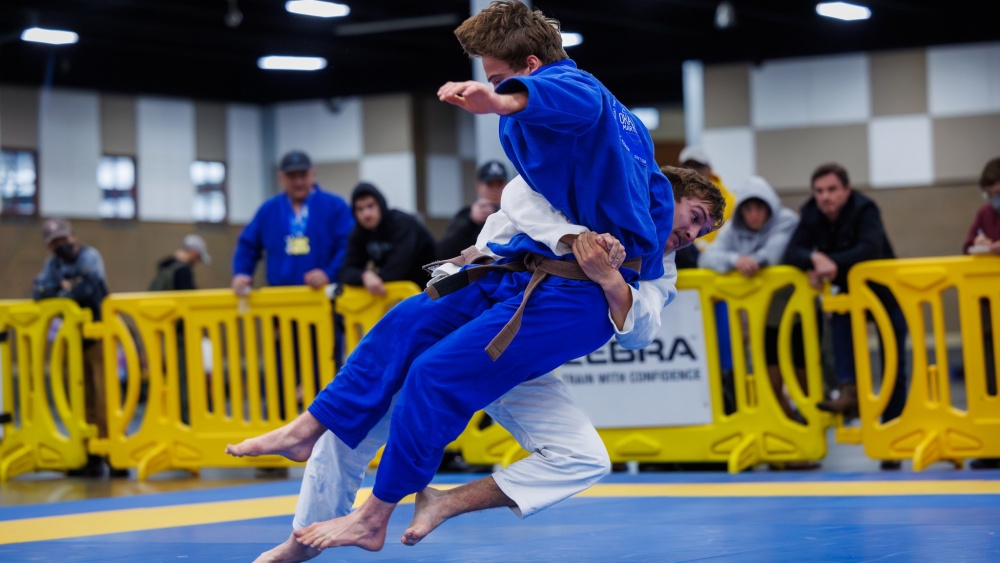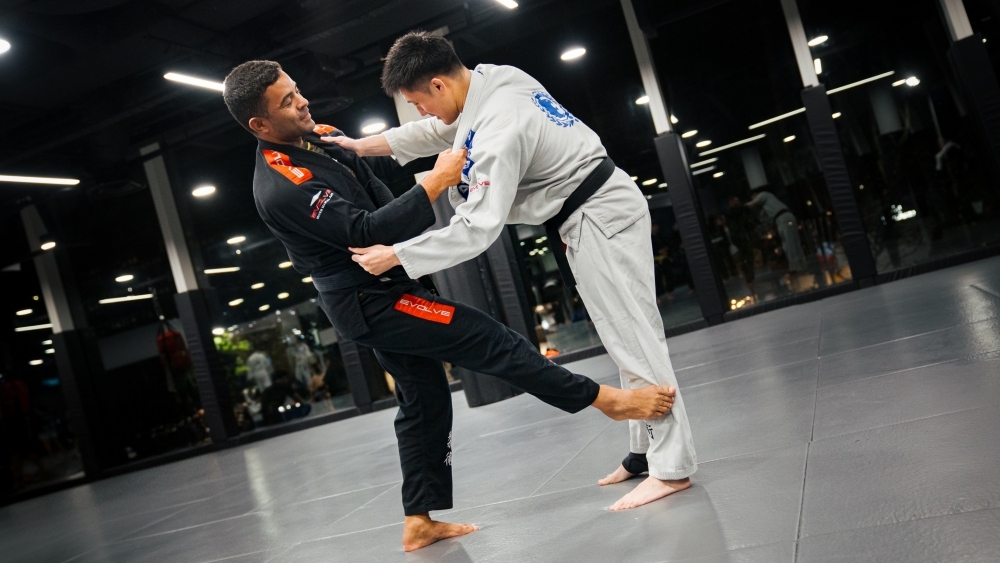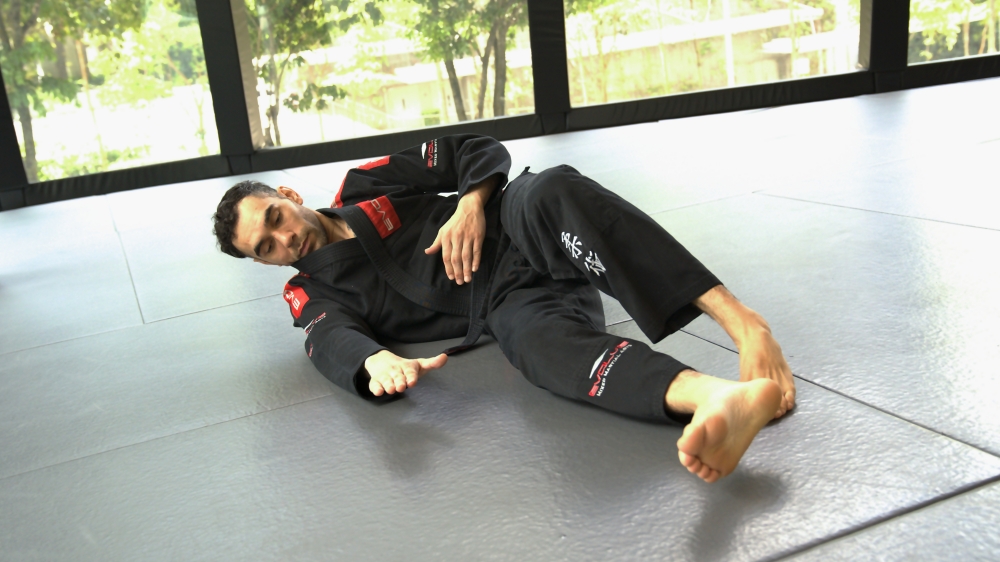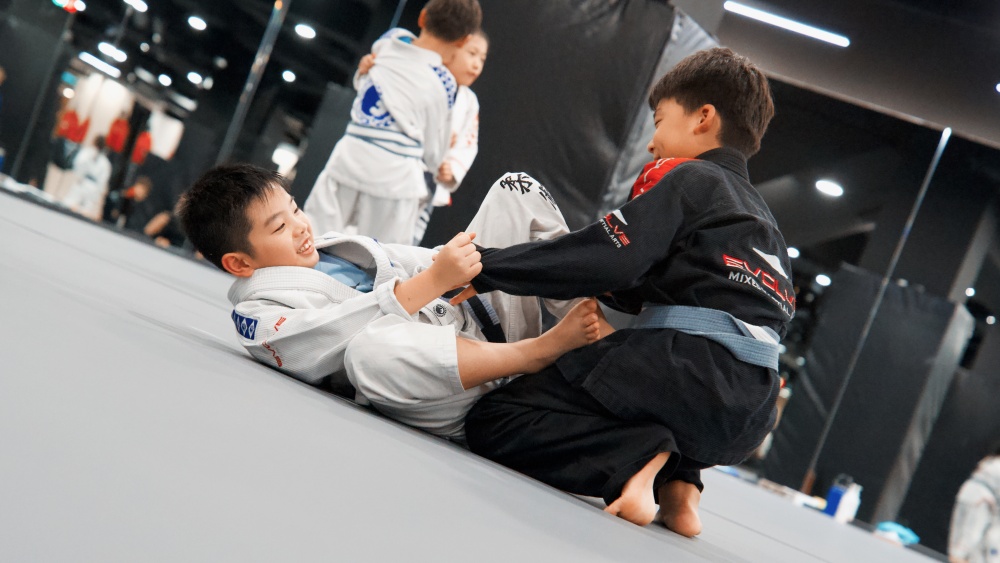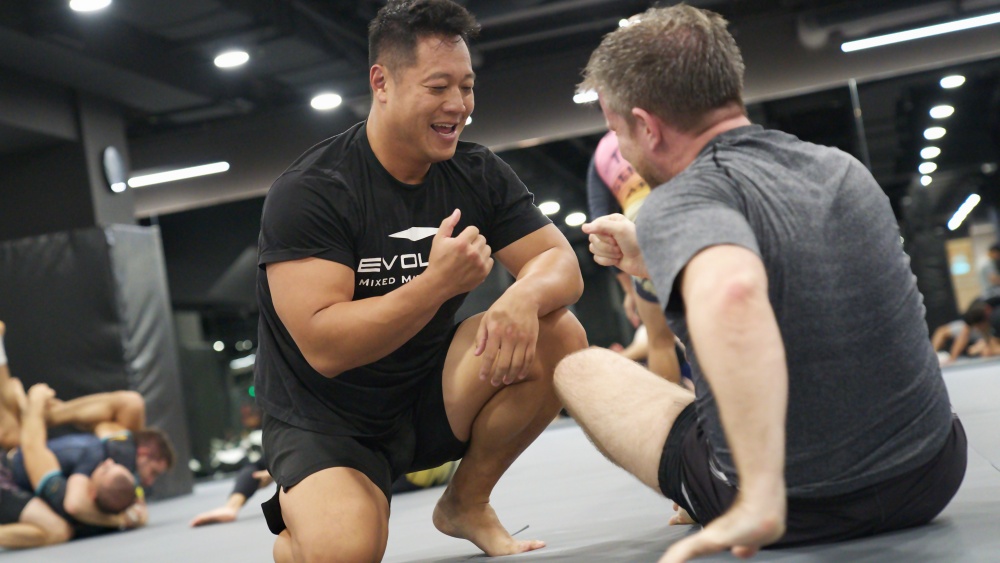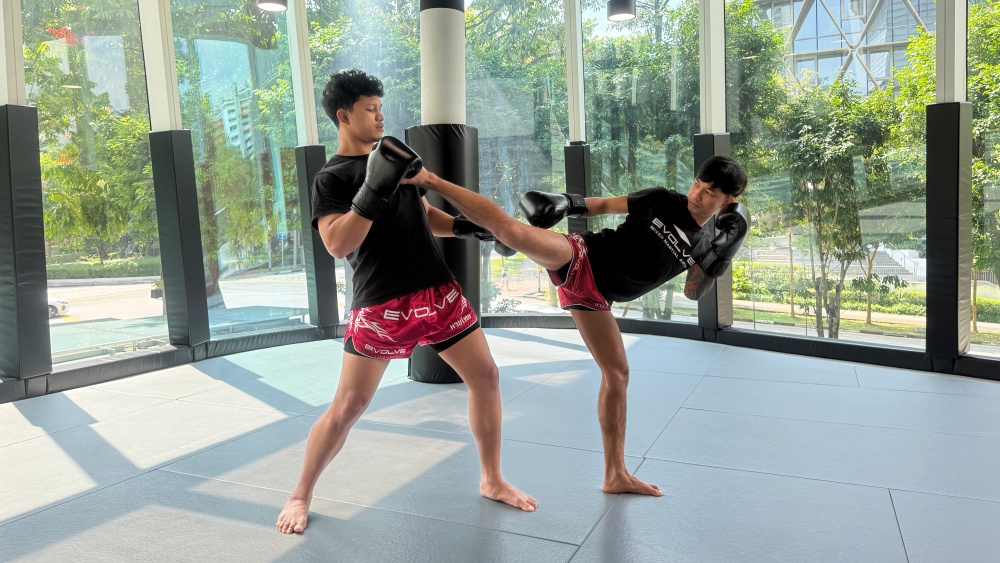The technical mount is one of the most versatile and dominant positions in Brazilian Jiu-Jitsu. From this position, you have control over your opponent’s movement while remaining highly mobile, making it ideal for setting up submissions. Gi chokes, in particular, are highly effective from technical mount due to the enhanced control provided by the Gi. Today, we will go over some of the best Gi chokes you can do from the technical mount.
Difference Between Gi And No-Gi Grappling
One of the primary differences between Gi and No-Gi grappling lies in the tools and strategies available to each style. Gi grappling incorporates the traditional kimono, which provides handles and grips that can be used both defensively and offensively. The jacket, pants, and belt create additional opportunities for control, enabling techniques like gi chokes that are unavailable in No-Gi.
No-Gi grappling relies on controlling the opponent’s body directly using basic grips you can do with your hands. While No-Gi is faster-paced, Gi grappling’s restrictive nature allows for a more methodical approach and the use of submissions leveraging the Gi itself. Gi chokes capitalize on the fabric to secure high-percentage finishes, making them a unique and essential part of training.
Benefits Of Using Gi Chokes
Gi chokes offer a range of benefits that make them a staple in BJJ. The fabric of the Gi provides additional leverage, allowing practitioners to execute submissions with less strength and more precision. Gi chokes are also versatile, with many techniques available from dominant positions like the mount, the technical mount, side control, and back control.
The technical mount is especially well-suited for Gi chokes. From this position, you can isolate your opponent’s arms, control their posture, and maintain a stable base, making it difficult for them to defend against your attacks. Gi chokes from the technical mount often force your opponent to choose between defending against the choke or exposing other vulnerabilities, such as their arms, making this position a gateway to various submission options.
The half-Nelson choke is a powerful and versatile technique that utilizes the opponent’s own Gi. From the technical mount, insert one hand under your opponent’s arm and grab the far-side collar. Use your free hand to control their near-side arm, then apply downward pressure on the collar while driving your shoulder into their neck. This choke is effective because it combines leverage and control, making it difficult for your opponent to escape.
2) Collar Choke
The collar choke is a classic submission that leverages the Gi to create a blood choke. From the technical mount, grip the opponent’s near-side collar with one hand and slide your other hand under their neck to grab the far-side collar. As you pull the collars tight, flare your elbows outward to increase the pressure. The collar choke is simple, efficient, and works well against opponents of all skill levels.
The Ezekiel choke is a versatile submission that can be executed from various positions, including the technical mount. To perform this choke, slide one arm under your opponent’s neck and grab the sleeve of your opposite arm. Place your free hand on the back of their head and use it to apply downward pressure while tightening the choke with your sleeve grip. The Ezekiel choke is both unexpected and effective, often catching opponents off guard.
The bow and arrow choke is a high-percentage submission that can instantly end matches. From the technical mount, secure a deep grip on your opponent’s far-side collar. Use your other hand to grab their near-side leg, creating a lever. As you pull on the collar and extend their leg, the Gi tightens around their neck, forcing a tap. The bow and arrow choke is particularly effective because it isolates your opponent’s upper body, leaving them little room to escape.
5) Bow And Arrow Choke (Shin Variation)
The bow and arrow choke shin variation is another variant of the bow and arrow. After securing the far-side collar, place your shin across your opponent’s back to create a frame. Use this frame to stabilize your position while pulling on the collar and extending their leg. The shin frame variation increases the choke’s efficiency by adding downward pressure, making it even harder for your opponent to resist.
6) Triangle Choke From The Gift Wrap
The triangle choke from the gift wrap is a creative submission that utilizes the technical mount’s unique control. From the gift wrap position, where you trap your opponent’s arm across their body using their own Gi, step over their head with your free leg. Lock your legs into a triangle position and squeeze to finish the choke.
Gi Chokes As Part Of A Chain
Gi chokes are most effective when used as part of a chain. By combining multiple attacks, you can create a dynamic system that keeps your opponent on the defensive and increases your chances of securing a submission. For example, the half-nelson choke can transition into the bow and arrow choke if your opponent defends by tucking their chin. Similarly, the gift wrap position can lead to the triangle choke if your opponent attempts to escape by overcommitting their arms.
Chaining techniques together not only enhances your offensive capabilities but also develops your ability to anticipate and adapt to your opponent’s reactions. The technical mount provides an ideal platform for chaining gi chokes, as its structure allows you to flow seamlessly between submissions while maintaining control.
Drilling And Practice
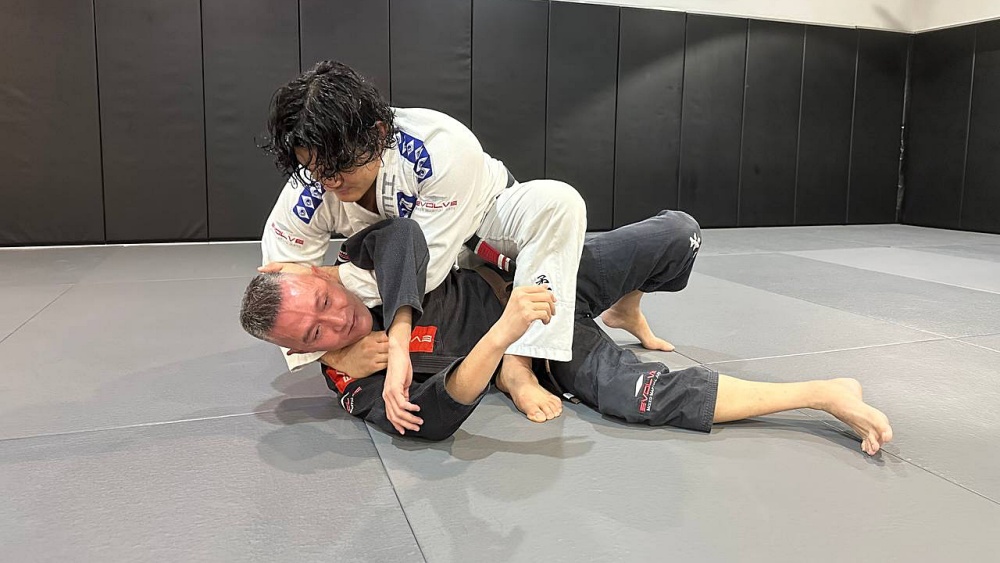
Drilling is essential for mastering Gi chokes from the technical mount. Start by practicing each technique with a cooperative partner, focusing on grip placement, body positioning, and pressure application. Pay close attention to the details, as small adjustments can significantly impact the effectiveness of your submissions.
Once you’re comfortable with the mechanics, incorporate situational drilling. Begin in the technical mount and aim to execute a specific Gi choke while your partner provides light resistance. Gradually increase the intensity of these drills to simulate realistic scenarios. Positional sparring is another valuable training method. During positional sparring, focus on starting in technical mount and attempting to secure gi chokes while your opponent actively defends. This practice helps you refine your timing, adapt to different reactions, and develop a deeper understanding of the techniques.
Finally, review your performance during live rolling sessions. Analyze how often you attempt Gi chokes from the technical mount and identify areas for improvement. Consistent practice and feedback are crucial for developing a reliable submission game.
Conclusion
Gi chokes from the technical mount are some of the most effective submissions in Jiu-Jitsu. By mastering the submissions we discussed and incorporating them into a dynamic system, you can indeed become a more formidable grappler.
You may also like:
